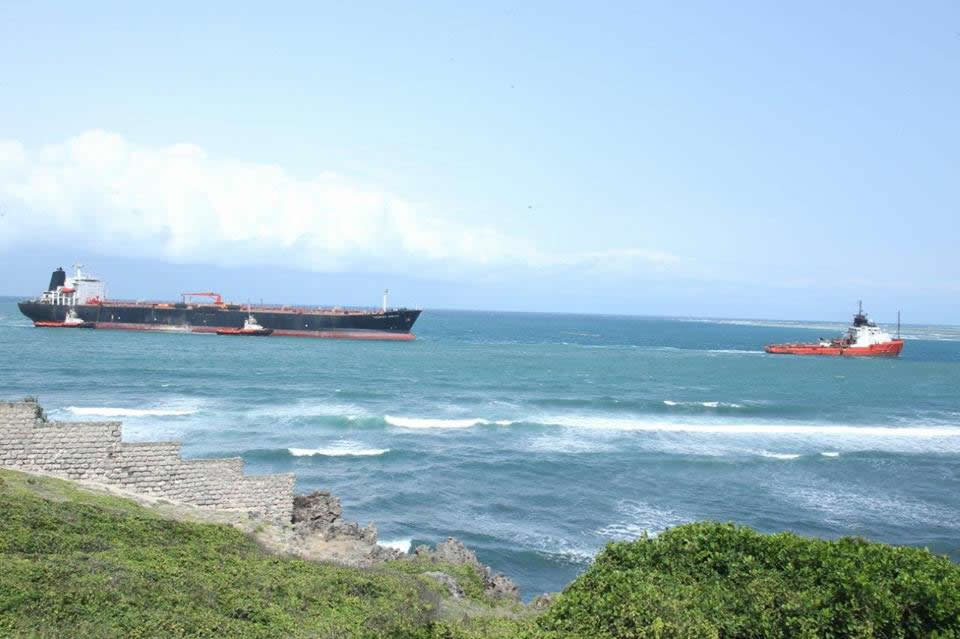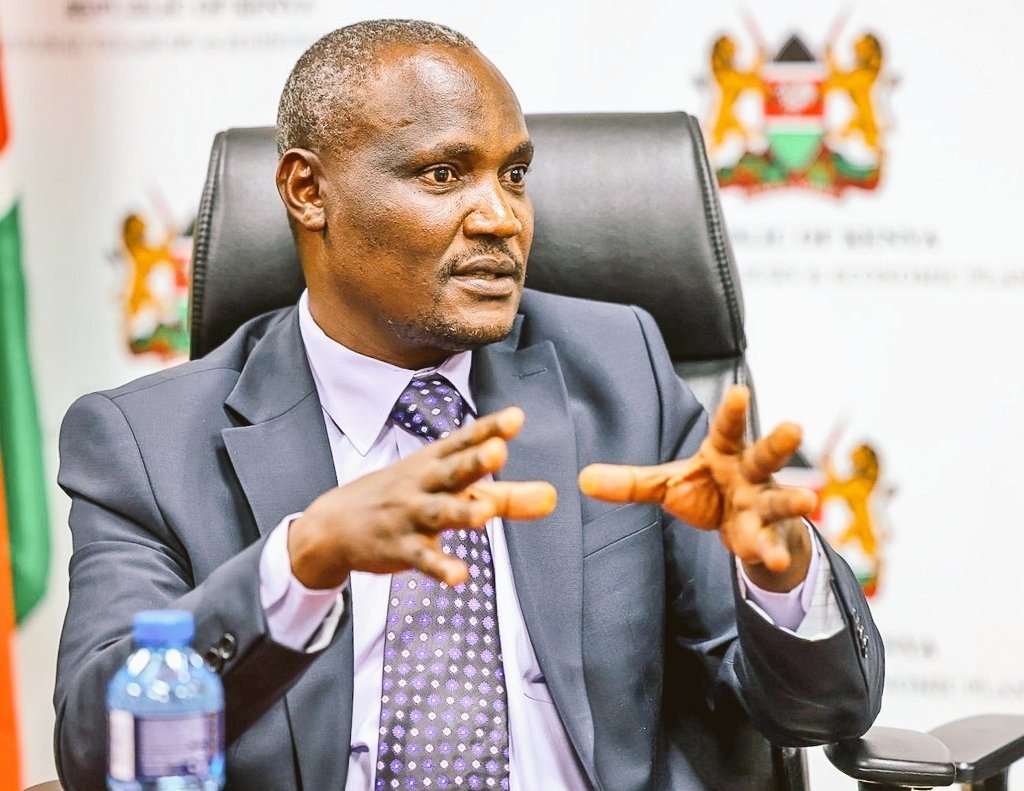Infrastructure projects breathe life into Coast economy

MICHAEL CHERAMBOS
During the blue economy conference in Nairobi in 2018, President Uhuru Kenyatta noted that the Kenyan blue economy could produce more than thrice the revenue generated at the time.
The key to making this a reality was a multi-dimensional strategy to turn around the economic situation of the region.
Infrastructure is the foundation of economic growth and development and government has made huge infrastructural investments in the Coast region.
Currently, projects valued at Sh1.4 trillion are at various stages of completion in the region.
One notable project is the expanded offshore Kipevu Oil Terminal. This Sh40 billion terminal is the largest of its kind in Africa.
The 770-metre jetty will handle oil tankers containing up to 200,000 tons of petroleum products, an improvement from the 50-year-old onshore Kipevu oil terminal.
As a result of this increased offloading capacity, delays at the terminal will be reduced, saving Kenyans up to Sh2 billion in demurrage charges.
This will ensure that fuel prices are reduced and the overflow effect will be a drop in prices of goods due to reduced cost of transportation.
The Mombasa Transport Master Plan road project is a face changing undertaking that once fully implemented will fully transform the transport sector in the region.
This includes the Likoni pedestrian bridge and the Dongo Kundu road project that is expected to be completed by March.
The Liwatoni-Likoni floating pedestrian bridge has reduced pressure on the Likoni ferry by allowing pedestrians to cross on foot, leaving more room for the ferry to handle cargo and vehicle traffic.
This has enhanced movement of people and cargo, which in effect improves business performance.
The Mombasa southern bypass has reduced the traffic snarl ups that were a nightmare for truck drivers using the port.
Several main and link roads being constructed at the Coast will ease movement of goods and people and open several areas of the coast for business and economic growth.
Expansion of the Port of Mombasa will see the facility transformed into a logistical hub.
The expansion involves construction of new berths and supporting infrastructure.
Complimented by the network of roads linking to the port, it will help reduce cargo clearance time.
With phase one complete, the port of Mombasa has registered steady improvement in performance.
With improved transport in the Coast and enhanced port efficiency, the region will benefit from increased business.
Ease in movement of cargo and people will see the maritime economy thrive, creating millions of jobs.
Infrastructure development is the best foundation that any government can lay for economic development and growth.
With the expansion and improvement of infrastructure in the Coastal region, the government has made the area attractive for private development.
Economists will point out that development and growth follow infrastructure.
President Uhuru’s government chose the path of rapid infrastructure development, which will eventually bear fruit.
Long after his retirement, Uhuru’s critics will nod in approval of his decision to lay a good foundation of infrastructure for the nation. —The writer is a public policy analyst














